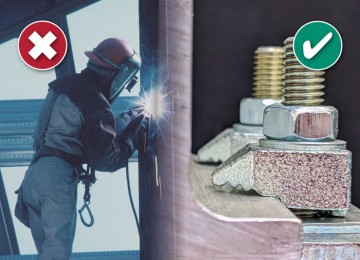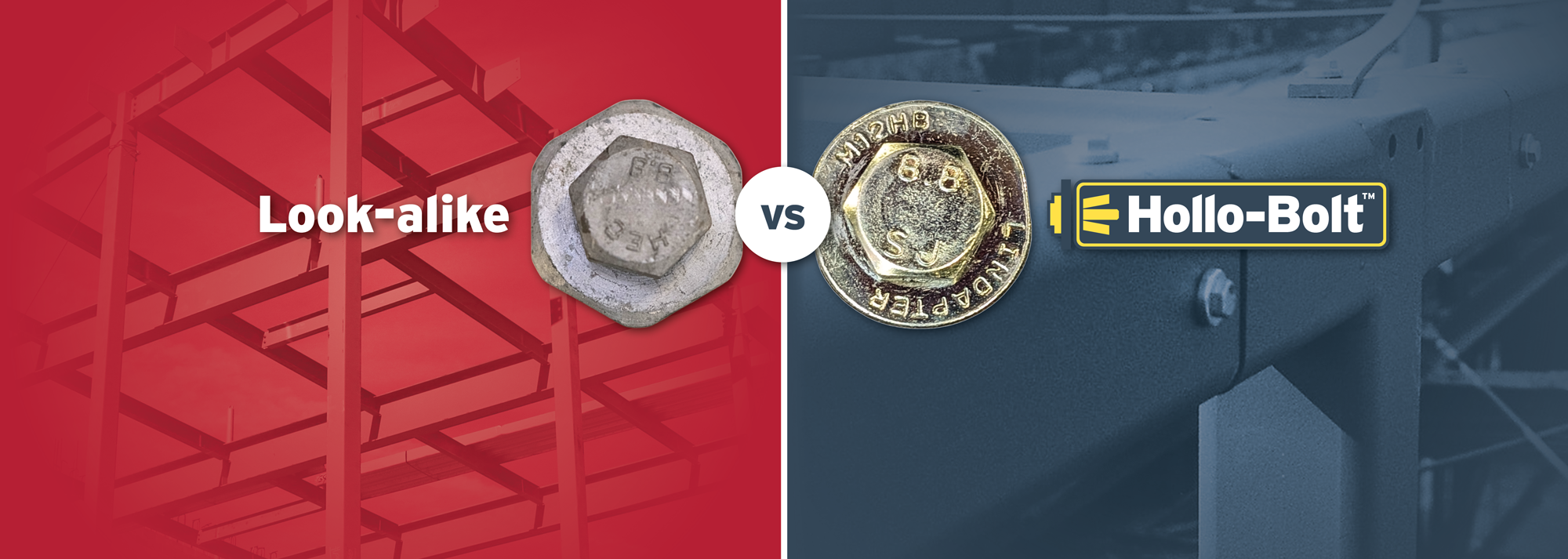Staying Safe: Avoid the health risks associated with welding fume by using Girder Clamps
In 2017, the International Agency for Research on Cancer (IARC) reclassified welding fume as a Group 1 carcinogen, highlighting the significant evidence linking welding fumes to an increased risk of cancer. This reclassification underscores the importance of welders taking precautions to protect their health, even when risks are not immediately visible.
What Is Welding Fume?
Welding fume comprises harmful substances produced during the welding process that can easily enter the respiratory system. It typically consists of two main components:
- Metal Dust: Fine metal particles created by welding can appear as smoke and are often highly concentrated. These particles, if inhaled, can cause significant health issues. Common toxic metals include aluminium, cadmium, chromium, lead, manganese, nickel, and zinc.
- Gases: Harmful gases such as carbon monoxide, nitrogen dioxide, ozone, and phosgene are often released during welding, posing additional health hazards.
Health Risks from Welding Fume
Both short- and long-term exposure to welding fume can lead to serious health conditions, including:
- Cancer: Exposure to metals like nickel and chromium is linked to lung, larynx, and urinary tract cancers.
- Emphysema: Caused by cadmium exposure, this progressive lung disease leads to shortness of breath and is incurable.
- Kidney Failure: Prolonged exposure to cadmium and lead oxide can result in acute kidney failure, which can be fatal.
- Lead Poisoning and Anaemia: Lead oxide fumes can cause irreversible mental and physical impairment, with severe cases leading to anaemia and organ damage.
- Manganism: A Parkinson’s-like syndrome caused by chronic exposure to manganese fumes, leading to tremors, muscle rigidity, and poor balance.
- Metal Fume Fever: Zinc fumes from welding galvanised metal can cause symptoms like chills, sweating, and stomach pain.
- Irritation and Asthma: Fumes containing iron oxide or nickel can worsen asthma and irritate the respiratory system.
Other Welding Hazards
Beyond fume-related health issues, welding poses several other risks:
- Fire hazards requiring permits and fire watch.
- Potential for serious injuries, including burns and electric shocks.
- Emissions of carbon dioxide during arc welding.
- Joint failure risks due to weld slag inclusion.
- Damage to corrosion-resistant finishes.
Safer Alternatives: Lindapter Girder Clamps
Global health and safety authorities recommend eliminating or substituting hazardous welding processes wherever possible. One effective alternative is the use of Lindapter girder clamps, which connect steel members such as beams and columns without welding.
Lindapter girder clamps offer several advantages:
- No Harmful Fumes: The elimination of welding completely removes the risk of exposure to carcinogenic and toxic fumes.
- Ease of Installation: Clamps are installed using standard hand tools, simplifying the process.
- Fire Safety: Without welding, there’s no fire risk, eliminating the need for hot work permits or fire watches.
- Robust Connections: Girder clamps provide strong, reliable connections, achieved by clamping steel sections with bolts, washers, nuts, and location plates.
Additional Health and Safety Benefits
- No exposure to spatter, swarf, or molten metal.
- Safer working conditions at height due to the absence of large or heavy equipment.
- Reduced environmental impact with no CO2 emissions from welding.
Summary
Lindapter girder clamps offer a safer, cleaner, and more efficient alternative to on-site welding. By eliminating welding, they significantly reduce health risks and improve workplace safety for construction workers. To explore how Lindapter girder clamps can enhance safety on your next project, contact Lindapter’s team of experienced engineers for a tailored connection solution.
Visit the Lindapter International website for more information on Staying Safe: Avoid the health risks associated with welding fume by using Girder Clamps






